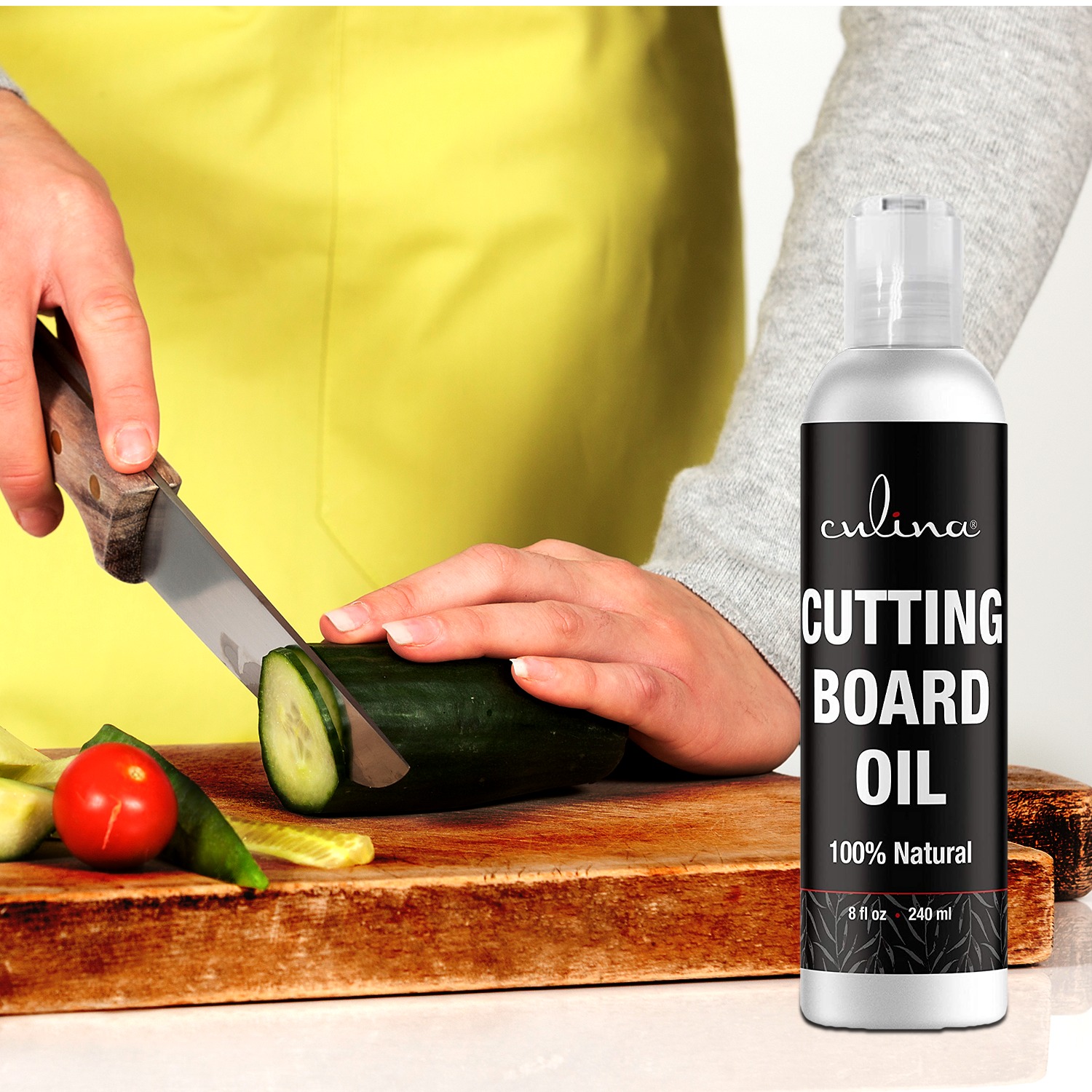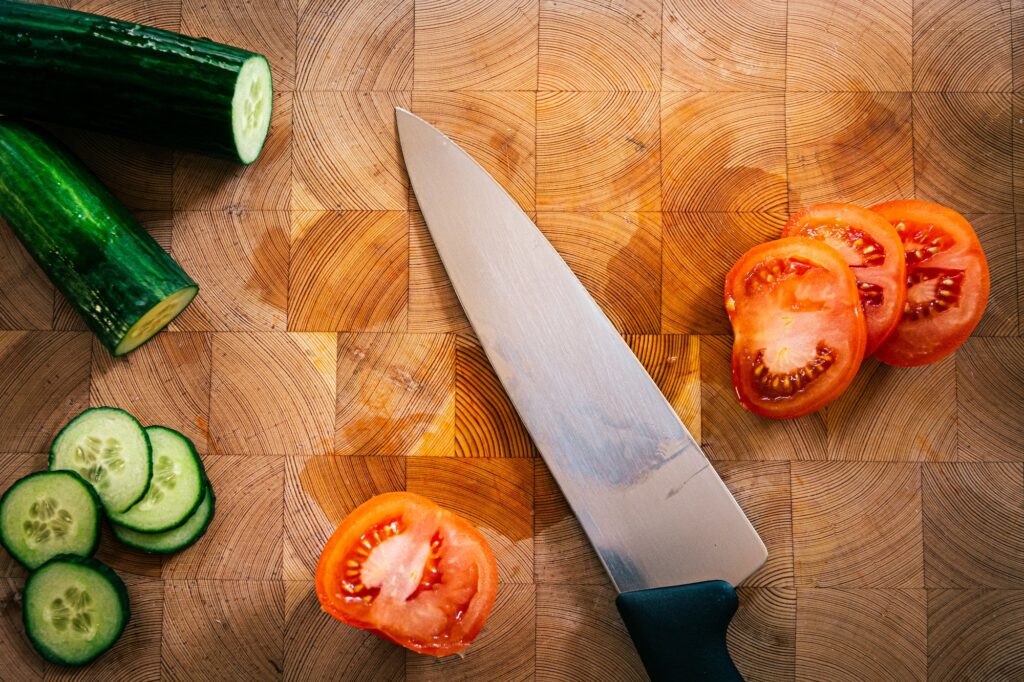If you’re a kitchen professional or just love preparing meals at home, chances are you’ve faced the issue of sticky residue on your wood cutting board. This common problem can be frustrating and unsanitary. This article will guide you through effective and approved methods for removing sticky residue, ensuring your cutting board stays in top shape.

Understanding Sticky Residue on Wood Cutting Boards
First, let’s understand why sticky residue forms on wood cutting boards. Over time, food particles, oils, and moisture can create a buildup. This buildup is not only unsightly but can also harbor bacteria.

Pre-Cleaning Preparations
Before diving into the cleaning process, gather your materials. You’ll need warm water, mild dish soap, white vinegar, baking soda, and a soft scrub brush or cloth.
Step 1: Rinsing the Board
Start by rinsing your cutting board with warm water. This helps to loosen any surface residue.
Step 2: Applying Soap and Water
Using mild dish soap and a soft scrub brush, scrub the cutting board gently. Focus on areas with visible sticky residue.
Step 3: Vinegar Solution
Next, mix equal parts white vinegar and water. Wipe down the cutting board with this solution to help break down any remaining sticky substances.
Step 4: Baking Soda Paste
For stubborn residue, create a paste with baking soda and water. Apply this paste to the board, let it sit for a few minutes, then scrub gently.
Step 5: Rinsing and Drying
After scrubbing, rinse the cutting board thoroughly with warm water. Pat it dry with a clean towel and allow it to air dry completely before storing.

Maintaining Your Wood Cutting Board
Regular maintenance can prevent sticky residue buildup. Ensure you clean your board immediately after use and apply a food-safe mineral oil monthly to keep the wood conditioned.
More Tips for Care
Consider using separate cutting boards for different types of food, such as one for vegetables and another for meats. This practice minimizes cross-contamination and sticky residue buildup.
Tremendous Benefits of Proper Care
Proper care of your wood cutting board can extend its lifespan significantly. It also ensures a cleaner surface for food preparation, contributing to better overall kitchen hygiene.
Common Mistakes to Avoid
Avoid soaking your wood cutting board in water or using harsh cleaning chemicals. Both can damage the wood and lead to splitting.
Not Using the Right Cleaning Tools
Using abrasive scrubbers can create grooves in the wood, which can trap food particles and make cleaning more difficult.
Forgetting to Oil the Board
Wood cutting boards can dry out over time. Regularly oiling your board helps maintain its integrity and prevent sticky residue.
FAQs
Why does sticky residue form on wood cutting boards?
Sticky residue forms due to a buildup of food particles, oils, and moisture, which can harbor bacteria if not cleaned properly.
Can I use vinegar to clean my cutting board?
Yes, a vinegar solution can effectively break down sticky residue and disinfect the cutting board.
How often should I oil my wood cutting board?
It’s recommended to oil your wood cutting board monthly to maintain its condition and prevent sticky residue.
For additional tips on cutting board maintenance, visit this guide.
As an Amazon Associate, I earn from qualifying purchases.

